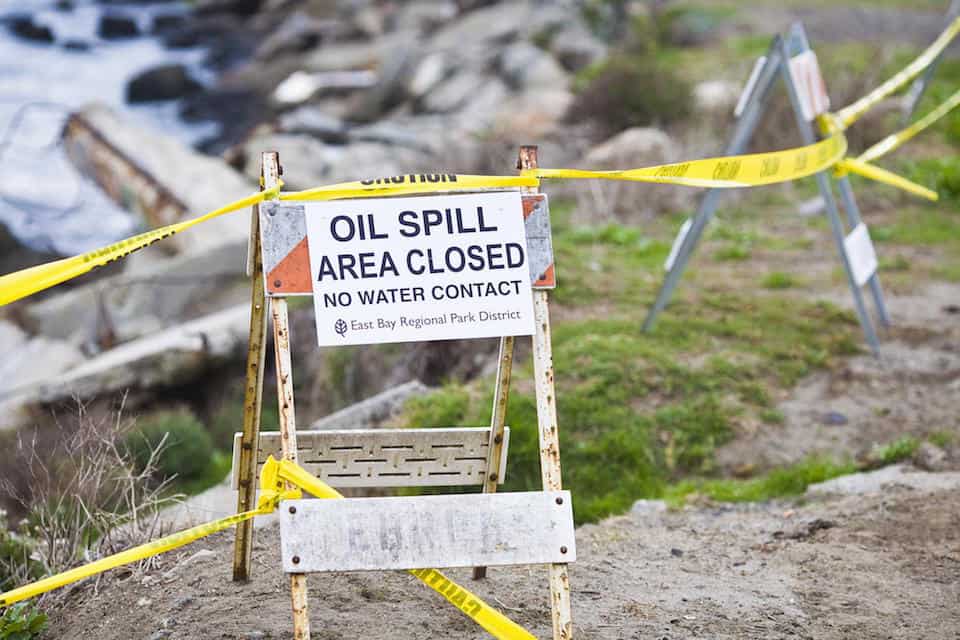[dropcap]It’s[/dropcap] hard to imagine a block of chemical plants mere kilometres from the University of Toronto campus or near our homes. And yet, about a three-hour drive away, Aamjiwnaang First Nation is surrounded on three sides by
Canada’s largest concentration of petrochemical refineries.
While our provincial government is beginning to mitigate environmental damage and cleanup efforts are taking place, chemicals are still being passed down from generation to generation in Aamjiwnaang First Nation. In fact, many Indigenous communities bear the brunt of the environmental degradation left by economic activity. Pollution from gold mines, for example, remains a significant problem for Northern Ontario reserves as many First Nations deal with widespread poverty.
The prevalence of third world living conditions across First Nations signals a failure within our democracy. This is because environmental racism impedes economic development on reserves, and silences Indigenous voices. In turn, this is facilitated by our ignorance and sanctioned by our apathy; there exists an imperative to cement Indigenous issues in public discourse vis-à-vis growing environmental threats.
Dave Mowat, community consultation specialist of the Mississaugas of Scugog Island First Nation, recalls that substantial environmental damage emerged when First Nations lost power over their lands through the Indian Act. As Indigenous communities were relocated to substandard housing areas and lost the authority to constrain the exploitation of their lands, Mowat explains, settlers dumped detergents into fishing rivers, altered the landscape by damming rivers, and destroyed spawning beds and degraded soils through lumbering. Poor septic infastructure also rendered water undrinkable.
Just as environmental degradation, assimilation attempts, and forced relocation undermined Indigenous food security and lifestyles in the past, infringement of Indigenous and treaty rights by federal and provincial legislation continues in the present.
The legal ramifications of Ontario’s failure to consult First Nations on the sale of Hydro One, which runs through Indigenous territories, remain uncertain. Still, pipeline giant Enbridge’s proposals to reactivate a leak-prone pipeline near Aamjiwnaang First Nation, and to construct the Northern Gateway Pipeline, have generated significant resistance. This is because the designated path of the Northern Gateway Pipeline traverses across unceded Indigenous territories. Fears that environmental damage from such a project will exacerbate food insecurity, disease and other pollution-related ailments lie at the root of Indigenous peoples’ distress.
As environmental degradation and food insecurity stifle the human capital development necessary for sustainable economic growth, insufficient growth perpetuates poor living conditions and dependency on government funding. Governmental capacity to threaten the withdrawal of their support consequently ensures eventual compliance from First Nations. And as Indigenous bargaining power is rendered ineffectual, Indigenous voices remain thin and easily suffocated by the hands of government.
While poor economic development forces Indigenous dependency on governmental funding, this very dependency preserves the power imbalances that allow for governmental negligence towards of environmental problems, which culminate in poverty and financial insecurity.
Indigenous peoples in Canada will likely continue bearing the brunt of environmental degradation if ignorance and apathy towards their struggles remain commonplace. With centuries of environmental concerns still unresolved, the imperative to cement a place for such issues on the political agenda only grows.
This imperative for action lies with our generation as the zeitgeist of our times provides us with both the tools and mindset to push for change. Advancements in information technology and the advent of social media permit widespread dissemination of information and have even catalyzed social movements. As such, setting up a Google newsfeed for Indigenous issues and sharing interesting articles on Facebook are simple ways to promote support for Indigenous struggles.
The Assembly of First Nations website also provides useful information about relevant issues from the perspective of Native peoples, while university organizations like the Aboriginal Studies Students’ Union and UofT350 can facilitate the development of ideas concerning First Nations and the environment. The keys are action and exchange.
Ignorance and apathy do not simply facilitate the vicious cycle ensnaring Indigenous communities, they sanction potentially catostrophic decisions. As chemical valley continues to pump toxins into the surrounding environment, the ignorance of the Canadian government towards protests, and the continued pervasiveness of deadly ailments in the Aamjiwnaang First Nation, demonstrate just one example of environmental racism.


